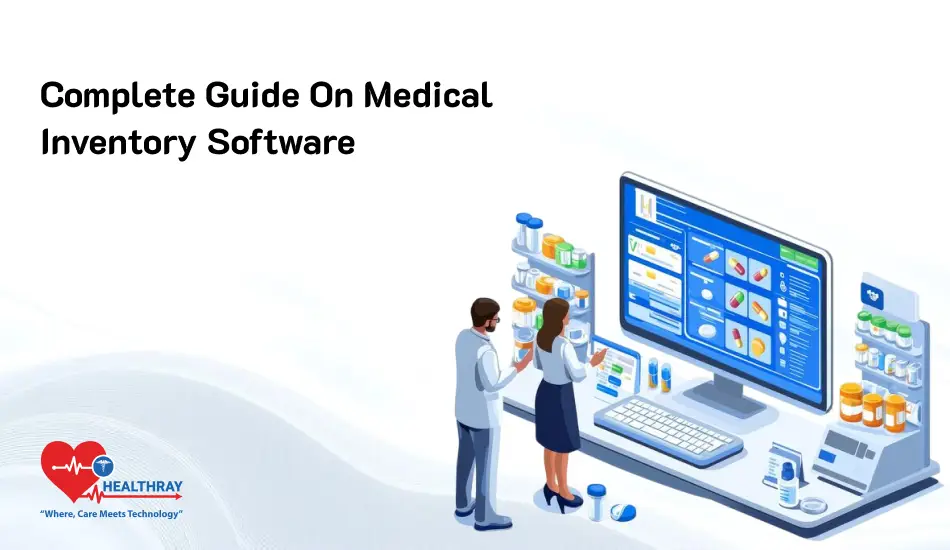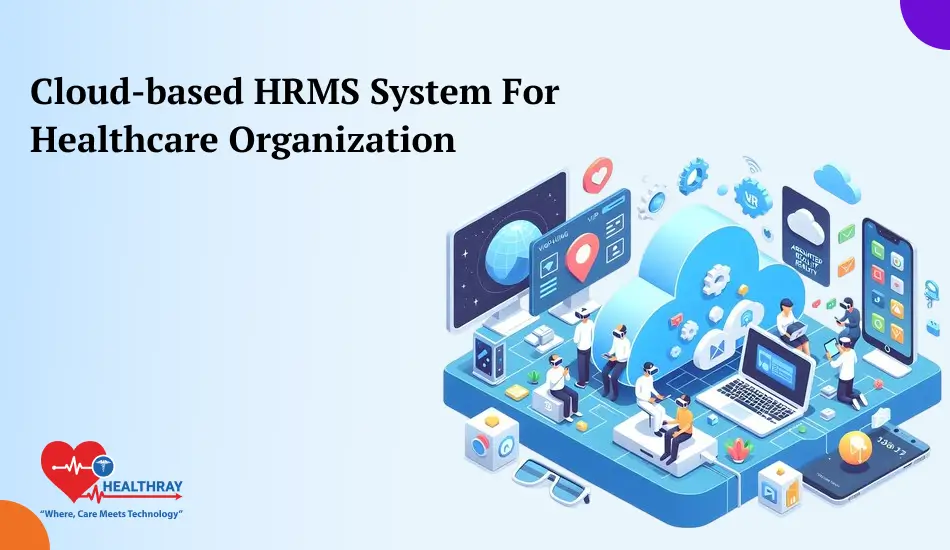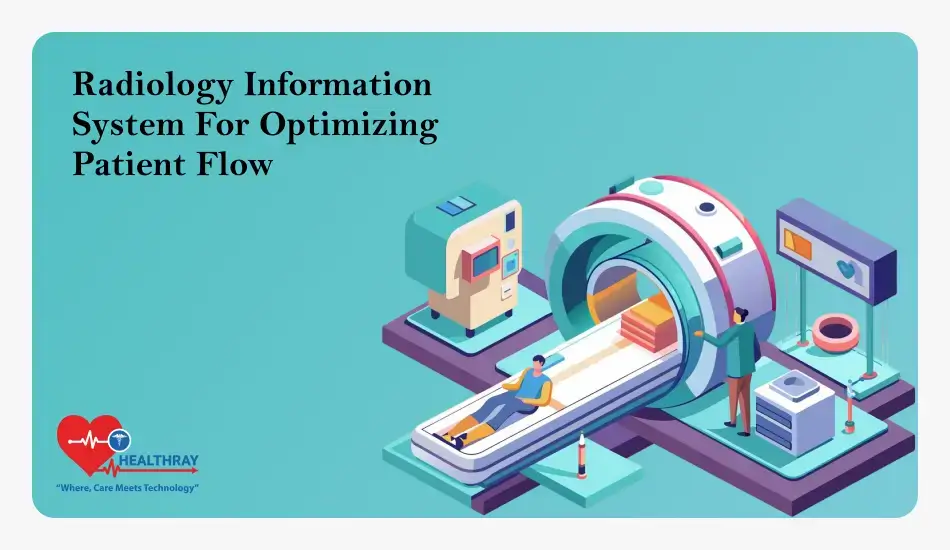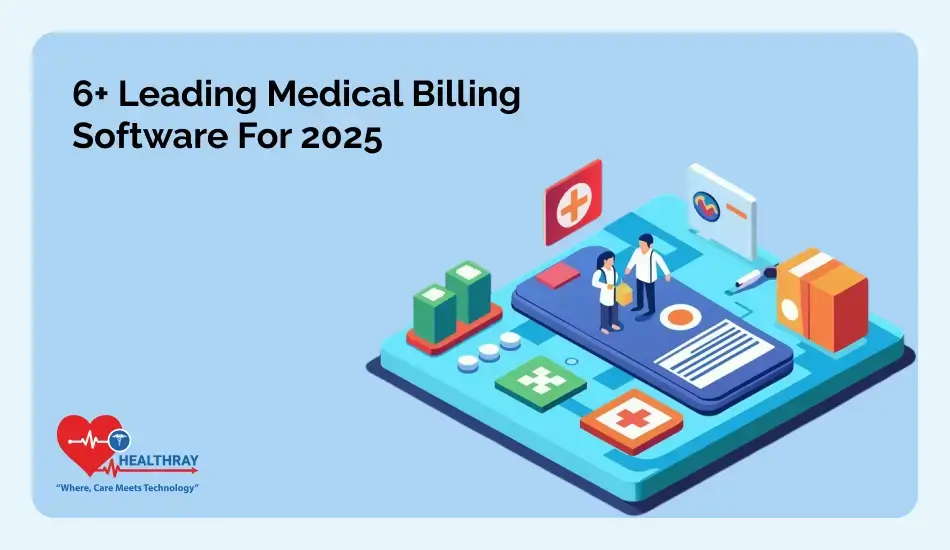Quick Summary
In the healthcare industry, effective inventory tracking and management lowers charges. It also guarantees prompt delivery of necessary inventories and improves patient care. Hence it optimizes resource allocation and streamlines processes. Moreover it plays a pivotal part in impacting the future of healthcare delivery by exercising technology and data analytics.
Introduction
Large healthcare companies and medical installations are responsible for handling a substantial force. A hospital management force is essentially a stock or database. It includes all the medical coffers present in any healthcare or medical installation. This includes inventories, specifics, and patient health information.
Indeed, numerous hospitals have automated force operation systems in place. However, before health IT development made strides, more than half of the hospitals surveyed managed their force manually. They relied on simple Excel sheets for tracking and managing their force. Unfortunately, force chain expenditures might surpass labor costs this time and be the largest expenditure to healthcare associations.
The request for sanitarium asset monitoring and medical force operation software systems expanded. The growth rate (CAGR) was 7.9% from 2022 to 2023. The market size increased from $25.28 billion to $27.27 billion.
Administering healthcare inventory is a toughest job. Furthermore, the clinical stock include medical equipment, and volume of medicines. Patient’s medical documents are not included in the inventory as it is handled through the computerized system. Routine base inventory has been easily tracked with the best Inventory Management Software.
Healthcare installations should place a high precedence on exercising technology. This will help save plutocrats, time, and energy. It will also maintain more accurate force operation ways.
Are you curious as to how? In this post below, we’ll talk about sanitarium force data operation systems. This will include all the information you need to know about them.
What is inventory management in healthcare?

Inventory management is a process that monitors the health system’s stock, bookings, payments, and other information. It is often known as a hospital or other healthcare inventory management system. Healthcare businesses have to order and deliver medications, keep track of medical supplies, or sell patients health things.
Therefore, they require an inventory management system. Major companies may prevent product and financial losses by using inventory management solutions. These solutions keep an accurate and current record of all resources and commodities.
Everyone in the medical field, including physicians, nurses, and other healthcare professionals, appears to offer top-notch patient care. Keeping track of everything from buying equipment and medical supplies to keeping an eye out for extra prescriptions, managing hospital inventory may be a difficult endeavor.
Stock management includes a sequential procedure, which includes storing, updating, and efficiently monitoring units. Moreover, it helps to manage storage space and placing stock based on the requirements. Additionally, the proper inventory management system track and bifurcated stock with the proper format.
Hospital administrators and staff units have a lot on their plates, and handling things the old-fashioned way takes a lot more time. Software for managing inventories in healthcare facilities is available to ease the burdensome task and automate the process of Clinic Inventory Management best used.
However, let’s first take a closer look at the problems that this program will address in the past before moving on to talk more about hospital inventory management software.
Why is the Hospital Inventory Management system Important?
Healthcare facilities must keep records of various inventory items. These include medications, surgical equipment, patient prescriptions, and health and wellness supplies, which should be up to date.
While an Excel spreadsheet might seem like enough for inventory management, it’s preferable to use a more straightforward approach. This approach involves implementing an inventory management system. Medical facilities stand to gain a great deal from the adoption of an efficient management workflow. This applies in terms of personnel, money, and time. Medical institutions are under great pressure to minimize expenses. One way to achieve this purpose is to streamline and manage inventory management systems.
Inventory data should be kept with the precise details, it is easy to monitor without any hardship. Moreover, the inventory management system uses algorithms to correct documents and craft incredible visual reports. It reduces wastage, declines costs, and creates smooth inventory processes. Additionally, it enhances revenue by providing timely stock to the clients.
Hospitals can save a great deal of money and time. You can achieve it by putting careful monitoring, perpetual inventory, and strategic planning into practice. The huge cost and time reductions associated with each surgical procedure demonstrate potential for significant cost savings. You can achieve this by strategic pre-planning of necessary supplies and optimal time allocation. Go through our Clinic Inventory Management System article to understand management processes.
Challenges of Hospital Inventory Management system
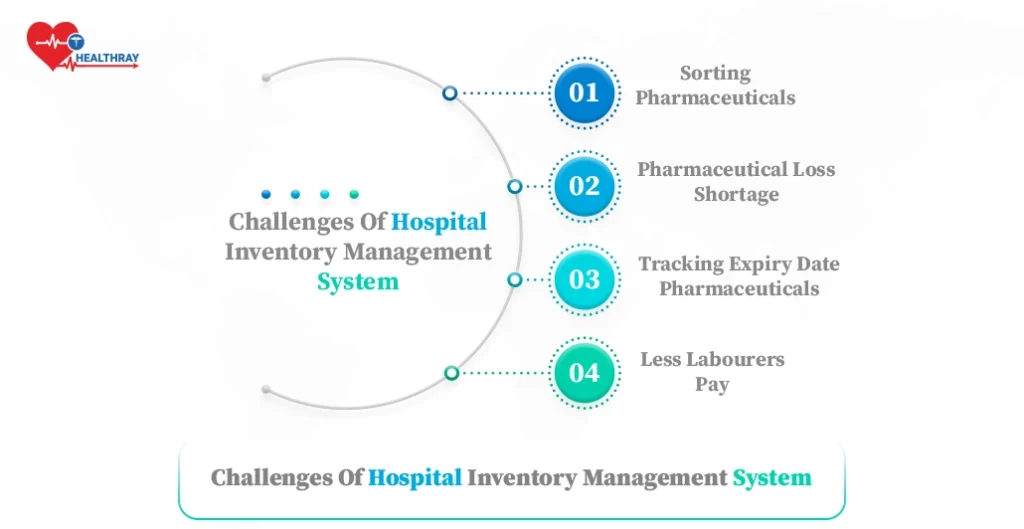
Sorting Pharmaceuticals
Hospital supply chains are frequently monitored and managed by nurses. Doctors also squander time making lists of necessary medical equipment and supplies.
Pharmaceutical Loss or Shortage
In medical facilities, emergencies happen frequently. Maintaining a sufficient supply of medical supplies and equipment is therefore essential. On the other hand, some items have a shelf life. It is crucial to switch it out on time as a result.
Tracking Expiry Date of Pharmaceuticals
It is harder for the employees of medical personnel to remember when one thing should expire than another when supplies are present on hand for emergencies. Consequently, a lot of healthcare professionals occasionally have a tendency to give patients outdated medical supplies.
Less Laborers And Pay
Sometimes, concentrating too much on saving costs results in inefficient and careless workflow. Staff members often overlook small but crucial details that might have a significant impact on a patient’s health and present difficulties since they receive lower wages.
What is the future of the hospital inventory management system?
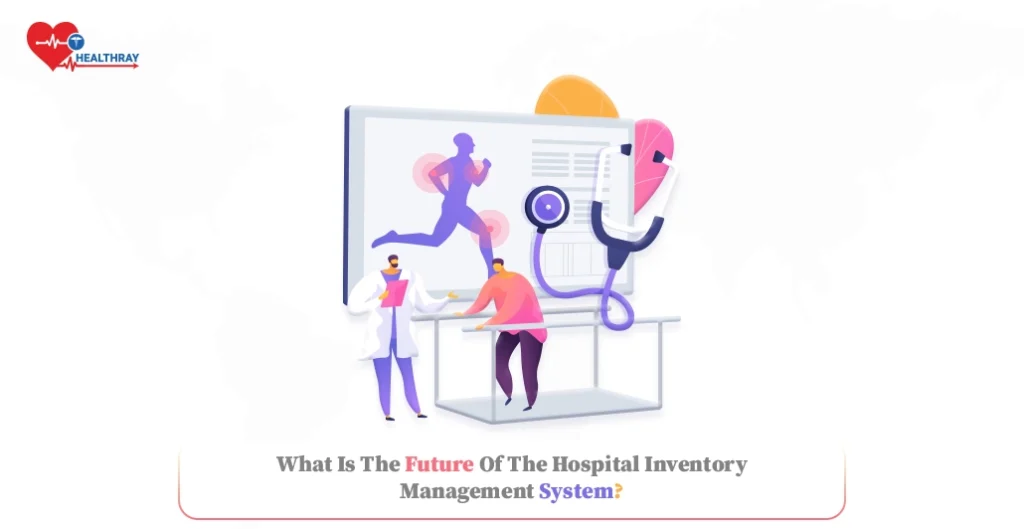
With a CAGR of 2022–2028, the size of the global market for healthcare inventory management systems is expected to reach USD Million in 2028 from its 2022 valuation of USD Million. Medical supply storage and organization are handled by healthcare inventory management systems, which serve as platforms for efficient inventory management procedures. In order to provide treatment for patients, the healthcare sector uses a wide range of specialized tools, supplies, and medications in clinics, labs, family clinics, and hospitals. By removing the need to manually input databases and calculate quantities, these medical inventory management systems are utilized to maintain track of medical supplies and other consumables.
Ample and thorough information about the market introduction, market segmentation, status and trends, opportunities and challenges, industry chain, competition analysis, company profiles, trade statistics, and other topics is covered in the Healthcare Inventory Management Systems market research. Prior to purchase confirmation, it offers a comprehensive and comprehensive analysis of every category of types, applications, players, five key regions, sub-divisions of important countries, and occasionally end user, channel, and technological information. Thorough investigation and evaluation were carried out when preparing the report.
5 Must-have features of a futuristic hospital inventory management system
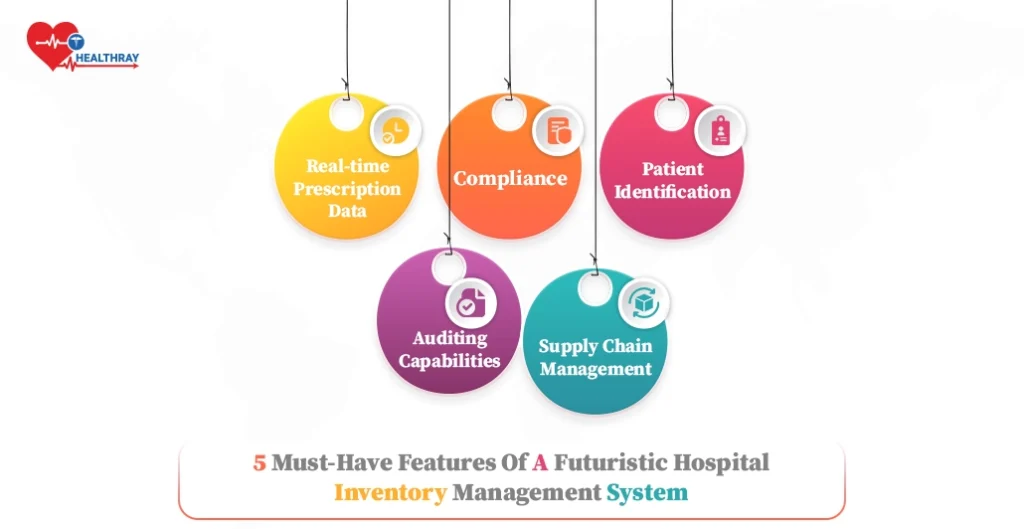
Real-time Prescription Data
With its wholly automated design and development, a new generation of healthcare force operation software will reuse and qualify traditional data in real time and offer data analysis to guarantee compliance through integrated healthcare results.
Hospital force operation software can be acclimatized to show the volume of conventions filled by apothecaries as well as the diurnal, daily, and yearly expenditures of care. Real-time data collection can help healthcare associations produce a solid and effective workflow and is essential in lowering practice operation obstacles.
Drugstore force systems that are comprehensive can be handled with end-to-end operating conditions that can be met by real-time data product and shadowing. Hence an enterprise drugstore result’s cost and end-stoner conservation are substantially excluded with a custom force operation system, which is a wholly installed and managed result.
Compliance
It’s pivotal to elect hospital force operation software that guarantees adherence to thorough programs and procedures. Through the administration of medical records, you can create this result to maintain multitudinous force centers by integrating scattered supplies into the pharmacy’s database and workflow.
One can add an electronic health record interface to a robust pharmacies force operation system to grease direct communication with applicable healthcare associations and easy access to their streamlined directories and specifications.
In order to grease data cloverleaf and discover great inventory management best practices for icing compliance, one can integrate with other healthcare operation systems, including force chain, auditing, reporting, and so forth.
Patient Identification
A group of professed masterminds and inventors can help with the creation of a drugstore force operation system that determines a case’s program eligibility. Medical informatics allows for the integration of a robust database system with other databases that have patient data that qualifies.
This point will guarantee that specifics present through the program are only given to cases that fulfill the criteria of the current case categorization and can only use for inpatient purposes. Moreover when a person applies for drugs,they have to explain to medical staff about them why they’re good to use the drug as an inpatient and to show attestation that can demonstrate program compliance through population health operation.
Hence you can make the operations present in drug distribution, force operation, and deals simpler with the help of an intuitive and essential drugstore force operation system.
Auditing Capabilities
Healthcare companies must prioritize the development of drugstore operation systems that encompass all angles of compliance and offer perceptivity into areas where healthcare analytics results can optimize performance.
For uniformity and comprehensiveness, the medical force force operation software should prioritize programs and procedures. It should also automatically modernize any variations to these documents.
By including barcodes that adhere to nonsupervisory norms, robotization methods in medical force operation software in application toward effective force operation. Process- inflow robotization of grazing, numerical balances, shadowing, monitoring, storehouse stock manifests, and allocating updates adds effectiveness to force procedures.
Supply Chain Management
One can use Prophetic analysis in the design and development of medical force operation systems to make capabilities through sanitarium force chain optimization. Using a combination of clinical and patient data, medical force operation technologies allow hospitals to read the liability of necessary issues through pall computing in healthcare.
Through case commerce systems, medical force operation ultimately offers cases more personalized care. Drugstore operations integrations and automation is to give real-time visibility into force buys. It includes relating pharmaceutical inventories across spots and precluding impending deaths.
Also, robotization will increase effectiveness and optimize procedures. It will bar labor-ferocious force operation tasks that drive up costs and lead to mortal mistakes. It raises productivity and expedites the entire force operation process.
Why invest in Healthray’s hospital inventory management system for healthcare?
Purchasing Healthray’s force operation software for healthcare installations is a wise move. It will significantly lessen the functional effectiveness of your medical center. Healthray’s expansive point by keeping the healthcare sector in mind. It minimizes the possibility of stockouts or fat force by enabling smooth force shadowing. Moreover the software uses state-of-the-art technology to automate the whole force process, from purchase to allocation, by using RFID and barcoding.
By giving real-time visibility into stock situations, expiration dates, and consumption trends, Healthray’s software improves translucency. Hence it minimizes the possibility of medical inventory miscalculations and maximizes stock gyration to cut down on waste. Also, the technology makes it easier to misbehave with legal norms, guaranteeing strict control over delicate specifics and medical inventories.
Investing in Healthray can streamline force operation, lessening patient care. It also enables your healthcare installation to provide rapid-fire and accurate access to vital medical coffers. Healthcare providers who want to ease their standard of service can attain functional excellence with the software. Hence it is a priceless tool for them.
Conclusion
Healthcare companies are always searching for ways to use technology inventions to facilitate productivity and boost profit. Software for managing healthcare supplies automates processes to ameliorate functional effectiveness and address auditing difficulties. Hence using intuitive results can save patient expenditures. It can also ease drug availability and adherence, and automate electronic savings at the medicine distribution stage.
Also, it provides an expansive database of claims data. This database contains valuable information on how to quicken payments between healthcare companies, as well as wise data. Incipiently, automated features provide waking capabilities that minimize fraud and abuse. Moreover they fleetly save time and coffers spent covering checkups, enabling complete compliance.


